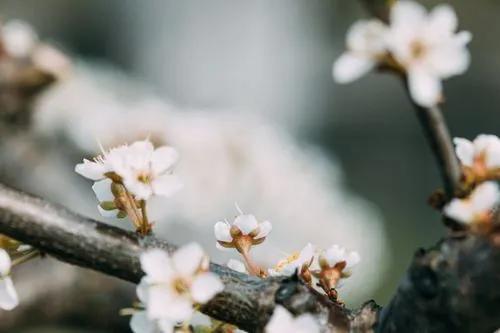Taxus brevifolia, the Pacific yew or western yew, is a conifer native to the Pacific Northwest of North America. It ranges from southernmost Alaska south to central California, mostly in the Pacific Coast Ranges.
Pacific yew Care
Taxus brevifolia



The Pacific yew is a small to medium-sized evergreen tree, growing 10–15 m tall and with a trunk up to 50 cm diameter, rarely more. In some instances, trees with heights in excess of 20 m occur in parks and other protected areas, quite often in gullies. The tree is extremely slow growing, and has a habit of rotting from the inside, creating hollow forms. This makes it difficult and sometimes impossible to make accurate rings counts to determine a specimen's true age. Pacific yew grows in varying types of environments; however, in drier environments it is mostly limited to stream side habitats, whereas in moist environments it will grow up onto slopes and ridgetops. Pacific yew is shade tolerant; however, it can also grow in the sun.
How to Care for the Plant

Water

There`s no need for additional irrigation after the tree is established.

Sunlight

Plants are very shade tolerant, though they can also succeed in full sun.

Soil

The tree prefers fresh to moist, nitrogen-rich soils, frequent on water receiving sites heavy in organic matter.

Temperature

Taxus brevifolia is very cold-hardy when dormant, tolerating temperatures that can fall to between between -23.2°C and -17.8°C. The young growth in spring, however, is much more sensitive and can be damaged by late frosts.

Popularity

100 people already have this plant 6 people have added this plant to their wishlists
Discover more plants with the list below
Popular articles






